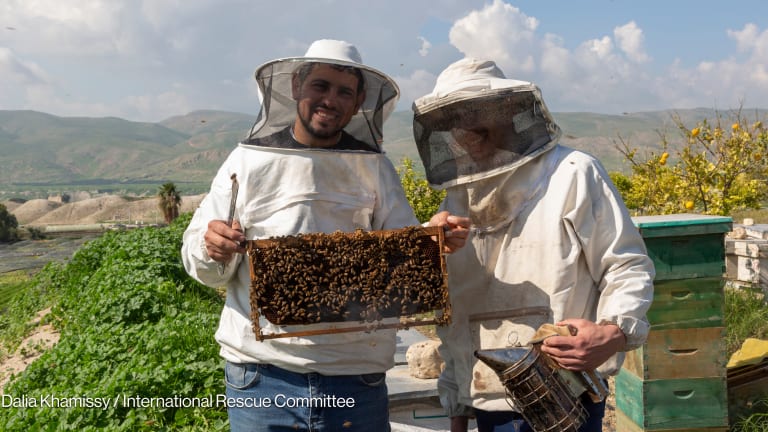
Resilience has been an international development buzzword for years. This week’s 2nd World Reconstruction Conference in Washington suggests that it’s more than a fad: Resiliency programs have gone mainstream around the globe.
Two documents released on the fringes of the conference, which is hosted by the Word Bank and ends Friday, underscore that notion: The disaster recovery framework and post-disaster needs assessment guide are both meant to increase the ability of communities to prevent and, if necessary, weather environmental and man-made shocks.
Nancy Lindborg, the assistant administrator at the U.S. Agency for International Development, drove that point home during a panel discussion I moderated on Thursday: The concept of resilience, she said, allows the international community to “layer” humanitarian and development action into a “complete package.” It’s a way to synthesize multifaceted goals into one word that’s easy to rally around — a pathway to shared goals.
And many governments — as well as aid organizations — are doing just that. On the panel I moderated, for instance, Jorge Melendez, El Salvador’s secretary for vulnerability issues, spoke of efforts to incorporate risk reduction and prevention into the country’s development strategy.
“Vulnerabilities need to be identified in order to be able to reduce the associated risk and undertake mitigation measures,” he said in prepared remarks. “Investing in the resilience of infrastructure and communities is more effective. Action needs to take place before the disaster strikes; this means investing in sound development to reduce the consequences of a disaster.”
His conclusion: “We are resilient if there is development. Development, in turn, should generate resilience.”
USAID, the world’s top bilateral donor and a key partner of El Salvador, updated its mission statement earlier this year to reflect its sharpened focus on resilience. The statement now reads: “We partner to end extreme poverty and to promote resilient, democratic societies while advancing our security and prosperity.”
This week’s conference tackled a variety of issues — from the need to protect women and children as well as minorities, the elderly and disabled to the role technology and innovation can play in boosting resilience.
World Bank President Jim Yong Kim opened the conference by stressing that building back means including disaster risk reduction in recovery, reconstruction and development plans. Recovery, several speakers noted, must focus on the well-being of communities first.
Others called for an end to siloed development cooperation that separates relief from development.
The distinction between humanitarian aid and longer-term assistance may be easy to draw but it’s “not real,” and international actors have been adapting their operations to speed up relief-to-development, said Jessica Faieta, the United Nations assistant secretary-general and U.N. Development Program’s regional director for Latin America and the Caribbean.
"Recovery must start as soon as possible, without waiting for humanitarian efforts to end," she said Thursday.
Local ownership and governance, as well as coordination among public, private and civil society stakeholders, is, as so often, crucial to the success of any disaster risk reduction or resiliency plan. That’s where governments and their international partners — as well as many private sector actors — still have a long way to go. But the progress on display in Washington this week was promising.
Join the Devex community and access more in-depth analysis, breaking news and business advice — and a host of other services — on international development, humanitarian aid and global health.








